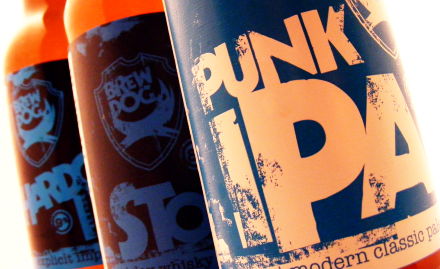I love etiquette! I’m no expert and I don’t practice all the rules but I love the idea behind it: making others feel at ease in social situations. People may not remember your alma mater or where you were on your most recent vacation, but they will remember how you made them feel, especially if you made them feel comfortable.
On Tuesday night, I attended a networking etiquette seminar with Jodi R. R. Smith, of Mannersmith Etiquette Consulting. Ms. Smith likened a networking event to the Serengeti filled with wildebeests. The saving grace is that as networking professionals, we are lions!
 If there is a particular wildebeest you would like to network with (perhaps a journalist, politician, or owner of a PR agency), you should go to the food (just as a Lion would stalk a wildebeest near the watering hole).
If there is a particular wildebeest you would like to network with (perhaps a journalist, politician, or owner of a PR agency), you should go to the food (just as a Lion would stalk a wildebeest near the watering hole).
Here are Ms. Smith’s Top Ten Tips for Painless Networking:
1. Nametags – wear them…on the right side and closer to the shoulder than to the belly button.
2. Handshakes – Not too soft, not too firm. If you contact her, she will give you a tip for clammy hands. You can always say “my friend…” rather than admit that you are the clammy handed culprit.
3. Introduction – You only have between 5-7 seconds to make a first impression. Make it good!
4. Snippet Starters – The purpose of a snippet is to start the conversation, get the recipient to ask you a question back, make you memorable, and to work toward your overall goal of the evening. It’s tailored to the event and your audience, so here’s an opportunity to exert your PR prowess.
5. Your Homework – Know something about the people who will be there, know what to wear (ask the organizers for the dress code and remember that it’s always better to overdress), know how long it’s going to take you to get there and where you can park, know the food situation but don’t go there starving, and most importantly know your goal. (If you don’t know why you’re going, you may want to sit this one out.)
6. Body Language – Did you know that women tend to face one another with square shoulders while men stand with their bodies at an angle. Pay attention to your body language as well as that of your partner.
7. Eye Contact – Make your way toward the wildebeest (preferably near the cheese plate/crudites), make eye contact, and smile with a little bit of teeth. From personal experience (pretending to be on America’s Next Top Model), this can go terribly awry, so practice with a friend beforehand. Also, you want to look within the triangle made up by your conversation partner’s eyebrows and upper lip. Anywhere in the triangle and your wildebeests will think you are looking them in the eyes.
8. Conversation – Here’s a graceful way to start a conversation: “I hate to interrupt but I came to this event because I wanted to meet you.” Who wouldn’t be flattered? As Todd Defren says, “people just want to feel important.”
9. Graceful Exits
Don’t wait for the conversation to come to a grinding halt and remember that you shouldn’t spend more than 5-10 minutes speaking with each person in a networking scenario. Here are three options for escaping the conversation with poise:
a. “It was a pleasure speaking with you.”
b. “Enjoy your evening.”
c. “This has been an interesting conversation. I would like to follow up with you. May I have your card?”
And if you’re wondering what not to say:
a. “Excuse me, I’ve been meaning to use the restroom”
b. “Excuse me, I need to refresh my wine” – They could say they want to come with and you will fail in your attempt to exit the conversation. Alternatively, they could ask you to grab another drink for them, relegating you to the role of waiter.
c. “Excuse me, I see so-and-so and I’ve been meaning to talk to him/her” – implies your wildebeest is boring.
10. Business Cards – Never offer yours first – this is presumptuous.
Today’s Sugar: Mind your Ps and Rs, kiddies! You are going to think less of me when I tell you this, but I often pay attention to the way that my favorite characters on Gossip Girl interact at parties. Here are some of my favorite turns of phrase courtesy of GG:
“If you’ll excuse me”
“May I have a word?”
“Patrick, I’m so glad you finally made it, I’m Serena“



